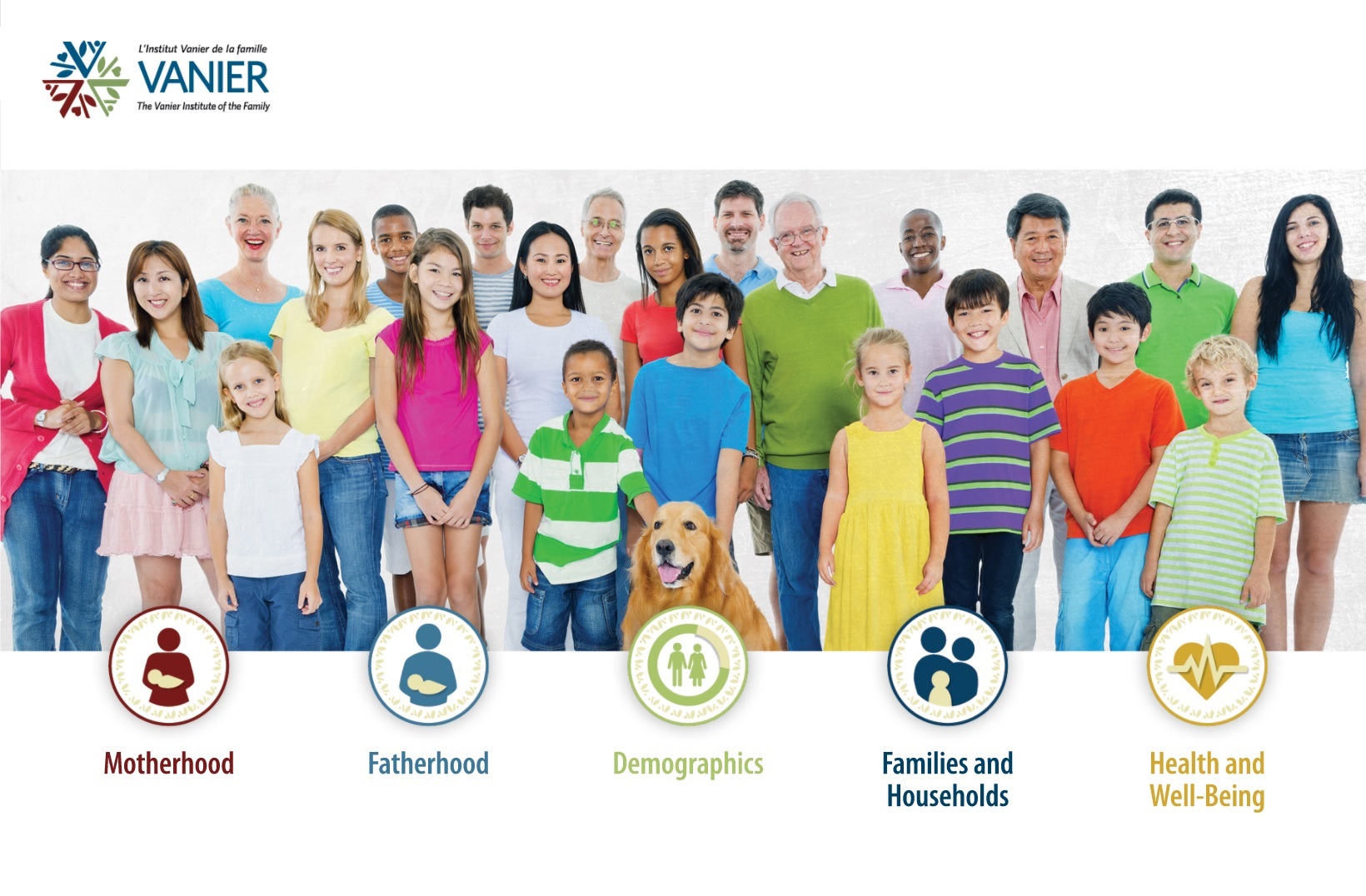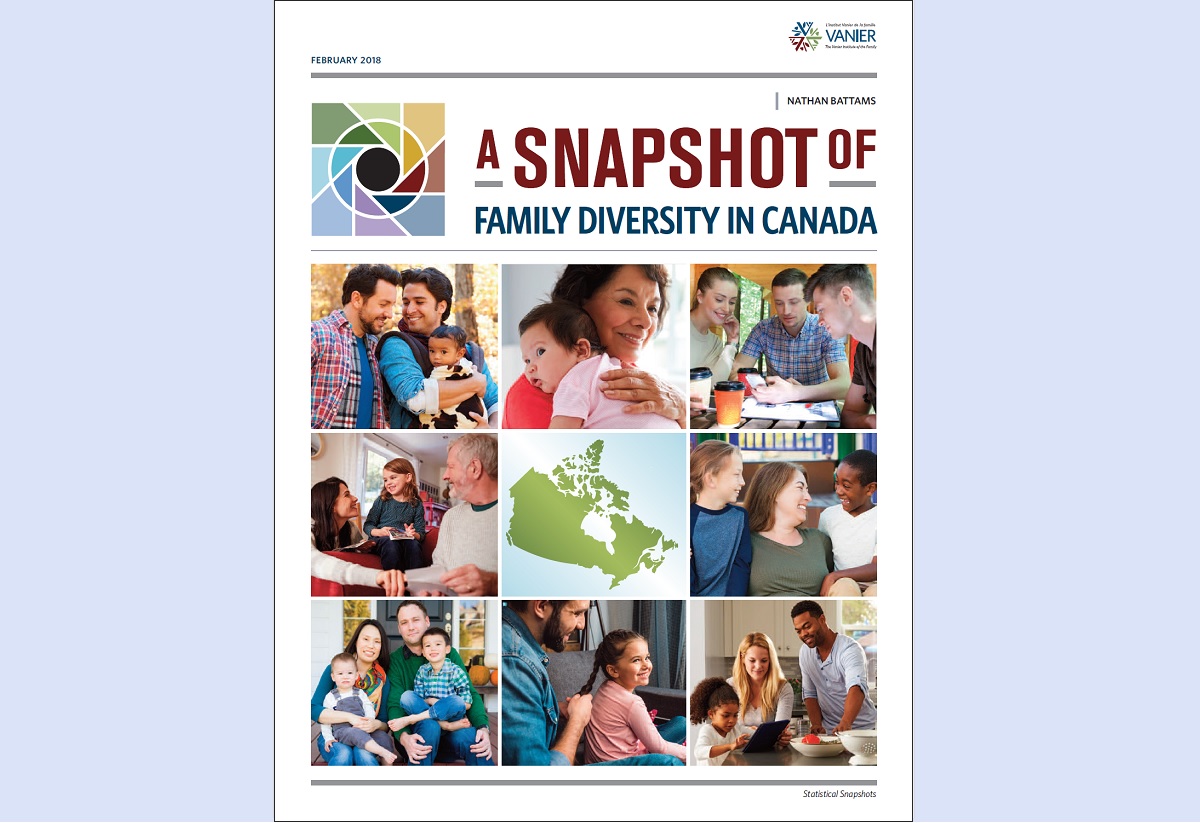Just as families continuously evolve, so do the interpersonal relationships at the heart of family life. Every year, thousands of Canadians come together to form committed family relationships – some of whom decide to raise children together – and sometimes, a variety of reasons may compel them to end their relationship, which can result in diverse, unique and often difficult transitional experiences for the family.
Patterns of coupling or partnering and uncoupling or unpartnering have evolved throughout Canada’s history in response to social, economic, cultural and legal changes. While divorce rates were low for most of the 20th century due to restrictive social norms and legal processes, there has since been an increase in the share of families who have experienced separation, divorce and uncoupling – particularly following the liberalization of divorce through the 1968 Divorce Act and further amendments in 1986.
Whether it’s separation and divorce following a marriage, or the uncoupling of a common-law union, this change can be emotionally, socially, legally and/or financially challenging for family members. Current research shows, however, that the impact on adults and children – including the speed and degree of adjustment – varies widely and is shaped by post-divorce circumstances, access to community programs and services, as well as the availability of information, resources and support during the transition.
In May 2018, the federal government proposed amendments to the Divorce Act to mitigate the adversarial nature of family court proceedings following separation and divorce. These changes are meant to serve the “best interests of the children,” and include defining what these “best interests” are, updating adversarial language such as “custody” and “access” to terms that include “parenting orders” and “parenting time,” establishing clear guidelines for when one parent wants to relocate with a child, making it easier for people to collect support payments, strengthening the capacity of courts to address family violence and compelling lawyers to encourage clients to use family-dispute resolution services, such as mediation.
In this evolving social, cultural and legal context, our new fact sheet uses data from the General Social Survey1 to explore family experiences of divorce, separation and uncoupling in Canada.
Highlights include:
- In 2017, an estimated 9% of Canadians aged 15 and older were divorced or separated (and not living common law), up from 8% in 1997.
- In 2016, surveyed Canadian lawyers reported charging an average $1,770 in total fees for uncontested divorce cases and $15,300 for contested divorce cases.
- In 2011, nearly 1 in 5 Canadians (19%) said that their parents are divorced or separated, nearly twice the share in 2001 (10%).
- In 2011, two-thirds (66%) of divorced Canadians said they do not have remarriage intentions (23% said they were uncertain).
Download Facts and Stats: Divorce, Separation and Uncoupling in Canada (PDF)
Among top reasons for divorces in Canada we can find:
- Infidelity: Extramarital affairs break trust and create an irreparable rift between partners.
- Communication Breakdown: Lack of effective communication leads to misunderstandings and resentment, causing many marriages to fail.
- Addictions and Gambling problem: Addiction to legal online casinos can lead to financial ruin and neglect of family responsibilities, causing significant marital issues and divorce.
- Financial Problems: Disagreements over spending, debt, and financial priorities often strain marriages.
Notes
- The most recent data available on this topic is from 2011. This fact sheet will be updated when new data is released in Fall 2018.















